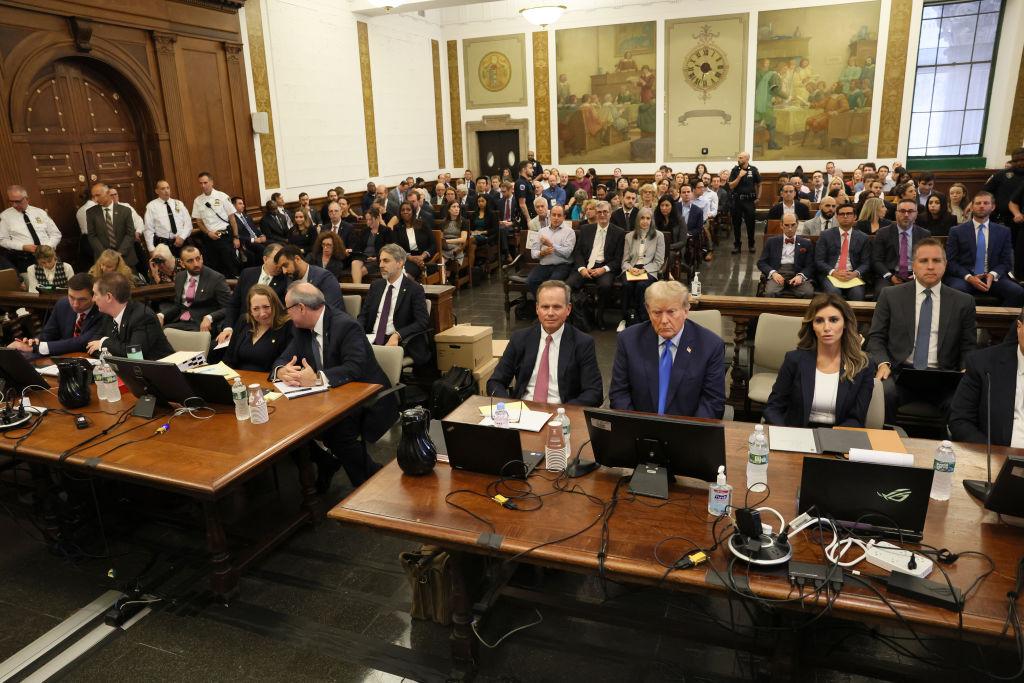Former Deutsche Bank risk management officer Nicholas Haigh took the witness stand on Wednesday, testifying on the Statements of Financial Condition (SFC) at the center of a civil fraud case against former President Donald Trump.
Last September, New York Attorney General Letitia James sued the former president for defrauding the state by artificially inflating his net worth in order to obtain more favorable terms from banks and insurers.





